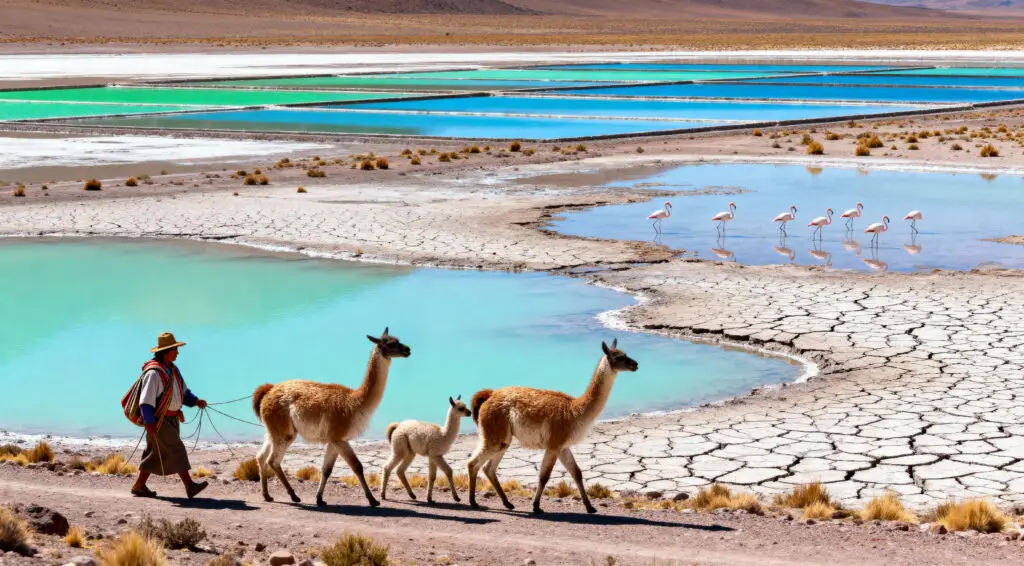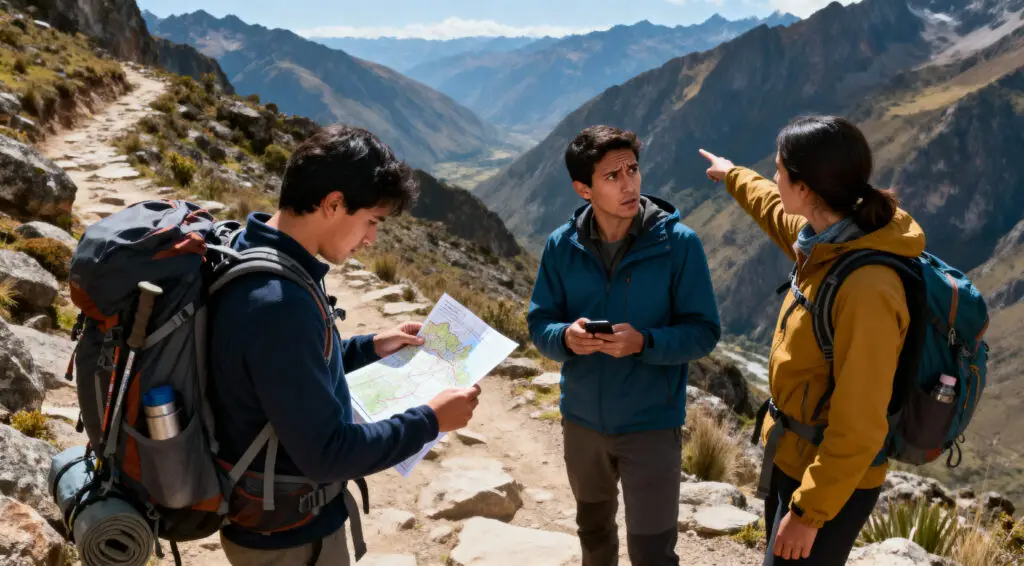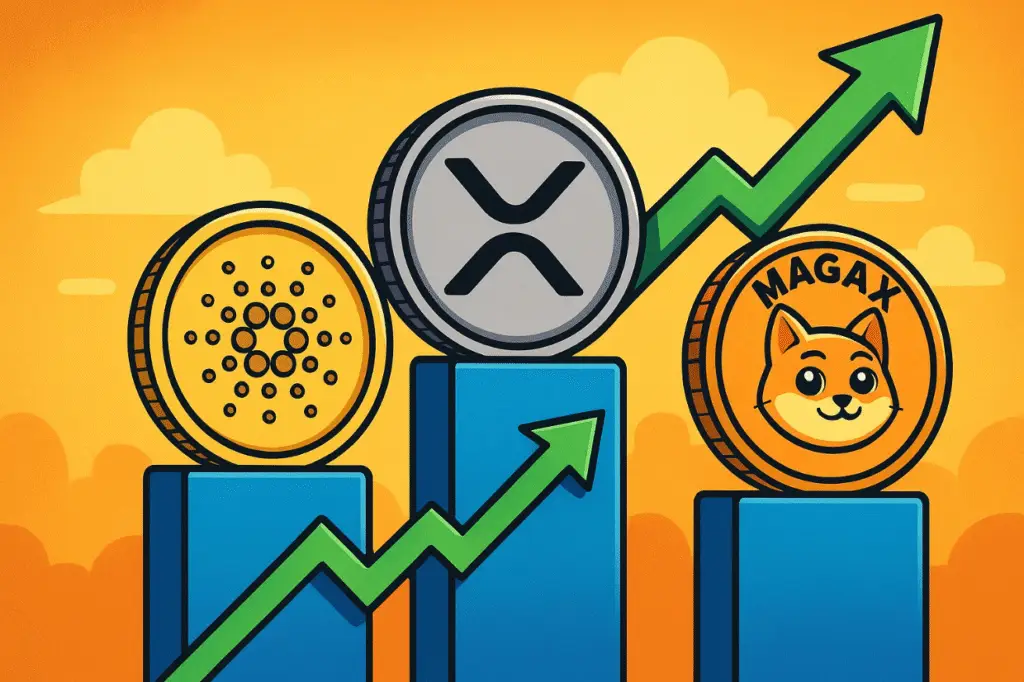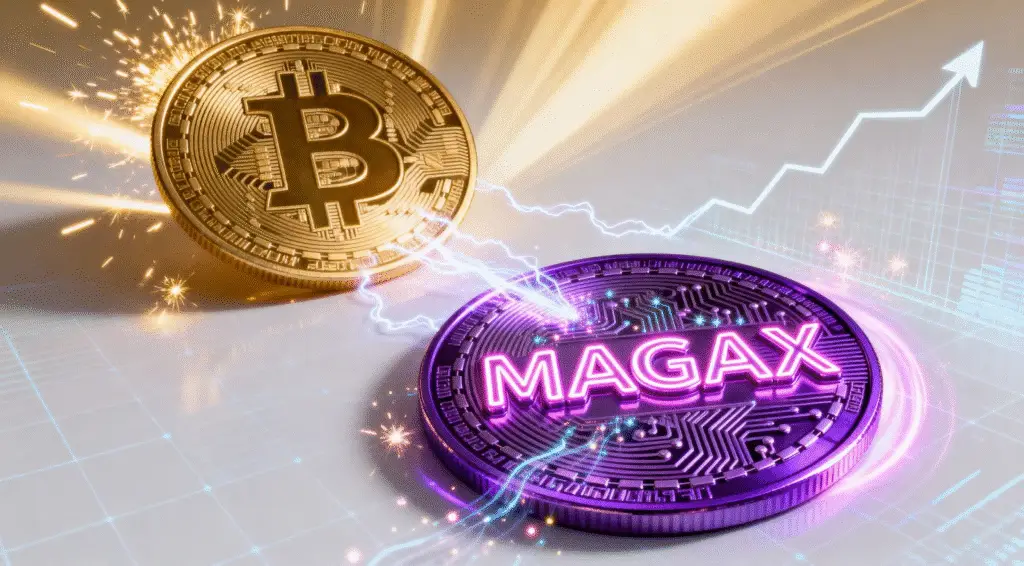Atacama Lithium Boom Drives Renewable Growth but Threatens Ecosystems
Chile’s Atacama Desert holds significant lithium deposits, crucial for renewable energy storage and electric car power. However, increasing demand has made extraction challenging, transforming wetlands into dry landscapes, threatening wildlife and indigenous livelihoods.
Chile’s National Lithium Strategy predicts rapid production, with joint ventures aiming for millions of tonnes until 2060. This expansion, marketed as environmental benefits, strains limited groundwater supplies, which support local ecosystems already weak due to drought.

Source: InvestChile
Communities Experience Water Depletion and Ecosystem Collapse
Local communities say that the severe depletion of groundwater is hurting traditional farming and grazing practices that have been going on for generations. Underground aquifers that feed wetlands slowly refill, which means that current extraction rates are not good for the environment. As the water level drops, lagoons get smaller, flamingos have fewer babies, and native plants get worse and worse.
People like Raquel Celina Rodriguez see firsthand how the wetlands change from lush to dry plains. These changes to the environment threaten people’s jobs, cultural heritage, and biodiversity all at once. This raises urgent questions about the long-term costs of lithium extraction as global green transitions speed up.
Scientific Studies Confirm Alarming Environmental Declines
Research from the university shows that brine extraction is causing the Salar de Atacama basin to sink by one to two centimeters every year. If extraction continues without limits, these kinds of subsidence will cause permanent changes to subsurface permeability, which could permanently damage ecosystem stability. More reviews by the government show that lithium mining is putting more and more pressure on water resources.
There have been reports of damage to plants near mining sites, such as native carob trees dying because the water table has dropped. As microorganisms that support their food chains die off, flamingo populations go down. These results show that aggressive resource extraction practices needed to meet lithium demand are causing long-term damage to the environment.
Recommended Article: Microsoft Ends Israeli Military Access to Cloud Surveillance Tech
Indigenous Communities Demand Greater Inclusion in Decision-Making
Indigenous groups argue that they are often excluded from crucial policy and business decisions made far from their lands, highlighting the need for meaningful consultation and participation in long-term resource management plans.
Local leaders urge the national government to collaborate with indigenous communities instead of forcing solutions from Santiago, as without cooperation, communities may resist expansion efforts they view as exploitative, potentially causing environmental damage and uneven distribution of economic benefits.
Mining Companies Pilot Technologies to Reduce Water Usage
Mining companies like SQM are aware of environmental issues and are testing new technologies that could cut brine extraction by half. These include direct lithium extraction methods and water reinjection systems that are meant to reduce the effects on ecosystems while keeping up the production levels needed for global energy transitions.
Pilot projects have shown promise in the early stages, recovering large amounts of water that could be put back into local water cycles. However, many people in the community are still very skeptical. They are worried that their land is being used as an experimental lab without enough long-term guarantees about environmental safety and ecosystem resilience.
Economic Narratives Clash With Environmental and Cultural Priorities
People who work in the lithium mining industry say that it creates jobs and invests in infrastructure, which helps the economy. Critics say that these kinds of stories oversimplify complicated social and environmental issues by ignoring how cultural disruption, rising housing costs, and environmental damage disproportionately affect vulnerable indigenous groups.
A lot of people who live there care more about keeping their culture and having safe water than getting paid. They say that short-term economic gains can’t make up for permanent damage to the environment that threatens future generations’ ability to keep traditional ways of life in fragile desert ecosystems.
Atacama Underscores Need for Sustainable Supply Chains in Climate Goals
The Atacama’s situation exemplifies global environmental issues caused by decarbonization strategies reliant on heavy mineral extraction. Green technologies aim to reduce carbon emissions, but they often put more stress on vulnerable areas.
Sustainability must be integrated into the supply chain, balancing urgent climate goals, ecosystem protection, and community rights. This will determine if green transitions are truly a step forward or just a temporary shift in environmental costs.


















